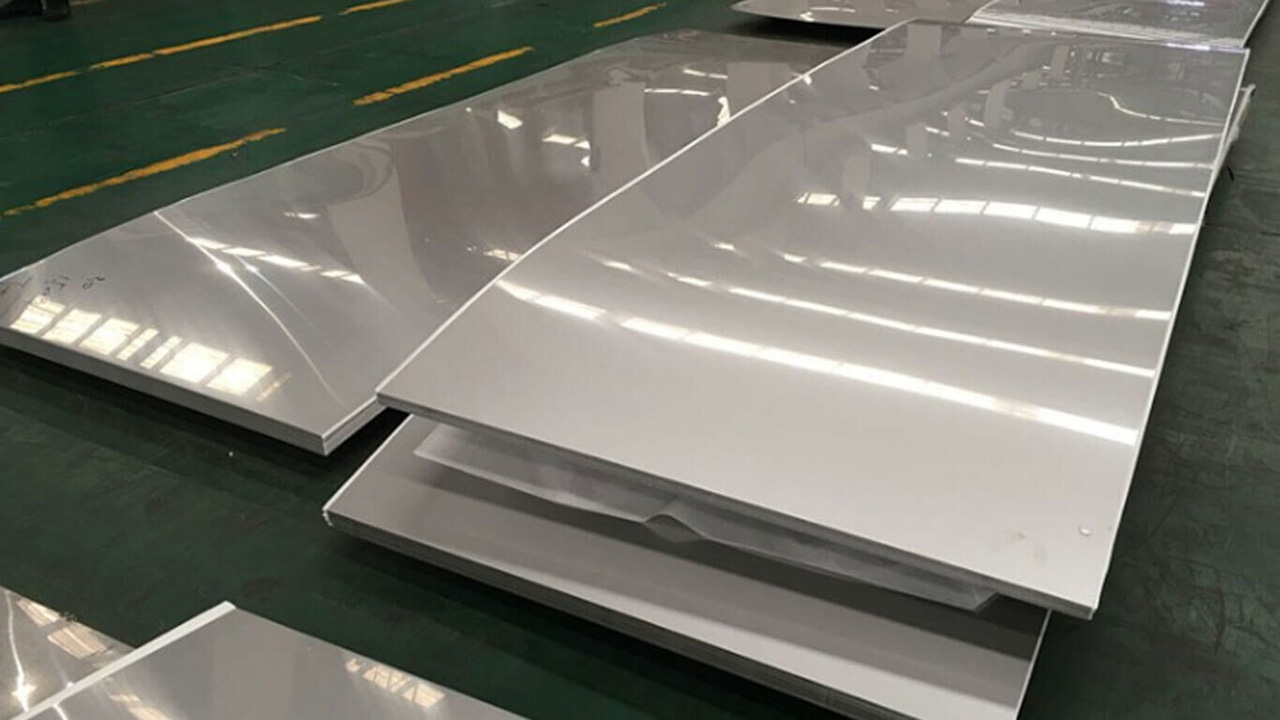At Aoxing Mill, we aim to provide our clients with the best stainless steel solutions for their diverse needs. In this blog, we’ll delve into the characteristics and applications of 310 stainless steel, a versatile and high-performance material used in various industries. Understanding its properties and benefits can help you make an informed decision for your projects.
310 Stainless Steel Grades and Characteristics
310 stainless steel (UNS S31000) and its derivatives, such as 310S and 310H, are known for their excellent high-temperature performance, good ductility, and weldability.
310H Stainless Steel (UNS S31009)
310H stainless steel has a carbon content tailored for high-temperature applications. This makes it ideal for environments where maintaining structural integrity under extreme heat is crucial.
310S Stainless Steel (UNS S31008)
310S stainless steel has a lower carbon content compared to 310H, making it suitable for environments with lower temperatures but higher susceptibility to moisture and corrosive elements.
310L Stainless Steel
310L is a patented grade with a maximum carbon content of 0.03%, used in highly corrosive environments like urea production.
| Grade | Standard | Chemical Composition(%) | ||||||
| C | Mn | Si | P | S | Cr | Ni | ||
| 310 | ASTM A240 | ≤0.25 | ≤2.00 | ≤1.50 | ≤0.045 | ≤0.030 | 24.00-26.00 | 19.00-22.00 |
| 310S | ASTM A240 | ≤0.08 | ≤2.00 | ≤1.50 | ≤0.045 | ≤0.030 | 24.00-26.00 | 19.00-22.00 |
| 310H | ASTM A240 | 0.04-0.10 | ≤2.00 | ≤0.75 | ≤0.045 | ≤0.030 | 24.00-26.00 | 19.00-22.00 |
310 Chemical Composition Table
| Grade | Tensile Test | Hardness Test | |||
| 0.2% Y.S(Mpa) | T.S(Mpa) | Elongation(%) | HRB | HB | |
| 310 | ≥205 | ≥515 | ≥40 | ≤95 | ≤217 |
| 310S | ≥205 | ≥515 | ≥40 | ≤95 | ≤217 |
| 310H | ≥205 | ≥515 | ≥40 | ≤95 | ≤217 |
310 Mechanical Properties Standard
Like other austenitic stainless steels, the 310 series maintains excellent toughness even at cryogenic temperatures.
Corrosion Resistance
The high chromium content in 310 stainless steel enhances its high-temperature performance and provides good aqueous corrosion resistance. With a pitting resistance equivalent (PRE) of about 25, it can withstand seawater corrosion up to 22°C, similar to 316 stainless steel. At high temperatures, it shows excellent oxidation and carburization resistance and can endure environments with temperatures up to 425°C.
However, due to their high carbon content (except for 310L), these grades can be susceptible to sensitization and intergranular corrosion after prolonged exposure to high temperatures or welding. While 310 stainless steel may experience stress corrosion cracking, its resistance is better than that of 304 or 316 stainless steel.
Heat Resistance
310H stainless steel offers good oxidation resistance and can be used intermittently at temperatures up to 1040°C and continuously up to 1150°C. It performs well in high-temperature sulfur dioxide environments and is resistant to thermal fatigue and cyclic heating. However, it should not be used continuously between 425-860°C due to carbide precipitation, which affects aqueous corrosion resistance. Above and below this range, it generally performs well. Sigma phase embrittlement can occur between 650-900°C.
Heat Treatment
Solution Treatment (Annealing)
To achieve maximum corrosion resistance, heat the material to 1040-1150°C and cool it rapidly. For prolonged use above 650°C, solution treatment every 1000 hours is recommended to restore ductility. These grades cannot be hardened by heat treatment.
| Grade | Density (kg/cm³) | Elastic Modulus (Gpa) | Average Thermal Expansion Coefficient (μm/m/°C) | Thermal Conductivity (W/m·k) | Specific Heat (J/kg·k) | Electrical Resistivity (nΩ·m) | |||
| 0-100°C | 0-315°C | 0-538°C | 100°C | 500°C | |||||
| 310/310S/310H | 7.75 | 200 | 15.9 | 16.2 | 17.0 | 14.2 | 18.7 | 500 | 720 |
310 Mechanical Properties (Annealed Condition)
Welding
310 stainless steel welds well with all standard methods. For fusion welding, 310S stainless steel electrodes are commonly recommended. Specifications provide pre-qualification for using 310 electrodes for welding 310 stainless steel.
Dual Certification
310H and 310S are often produced with dual certification, meeting the chemical and mechanical property requirements for both grades. Materials solely certified as 310 or 310/310S with dual certification may have carbon contents below 0.04%, making them unsuitable for some high-temperature applications.
Typical Applications
310 stainless steel is widely used in high-temperature environments such as furnace parts, carburizing boxes, heat treatment baskets and fixtures, heat exchangers, and welding filler wire and electrodes.
Possible Alternative Grades
304H Stainless Steel
Suitable for high-temperature applications up to 800°C where less demanding conditions are acceptable.
321 Stainless Steel
Ideal for applications requiring high-temperature performance and post-weld corrosion resistance up to 900°C.
253MA Stainless Steel
Offers slightly higher temperature resistance than 310, better resistance to reducing sulfur environments, and less susceptibility to sigma phase embrittlement.
Conclusion: Explore Aoxing Mill’s 310 Stainless Steel Offerings
310 stainless steel is an excellent choice for applications requiring high-temperature resistance and good mechanical properties. Whether you need 310, 310S, or 310H stainless steel, Aoxing Mill has the expertise and inventory to meet your requirements. For more information and to explore our product range, please visit our 310 stainless steel product page.
Post time: May-20-2024





